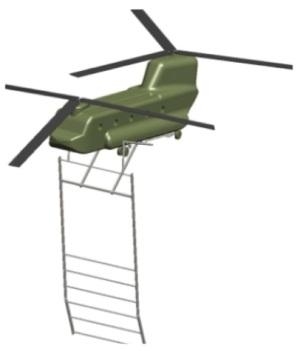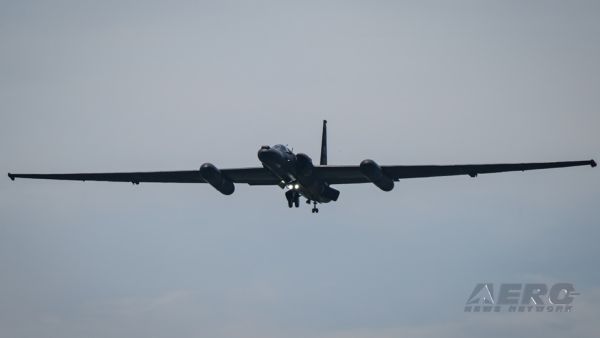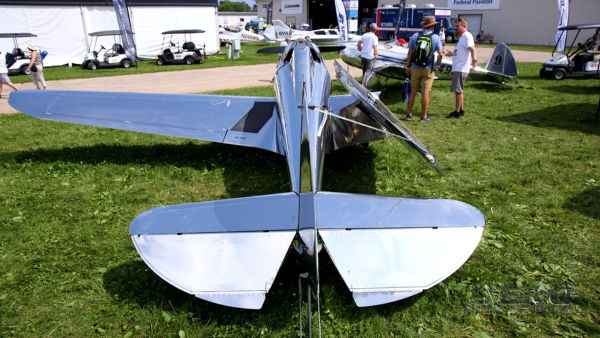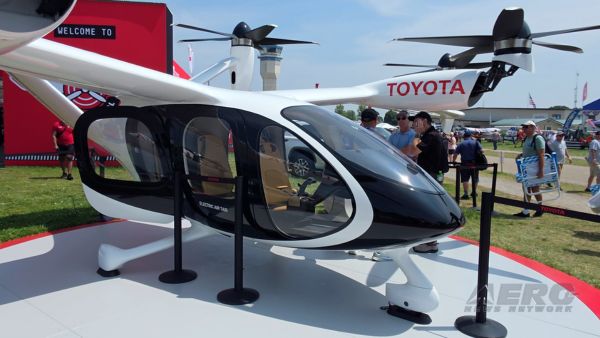Mon, May 14, 2012
Improved Hardware Could Speed Certification Process For Some Aircraft
Preliminary design work has been completed on a $13 million-plus contract to design, build and test an improved replacement system for a 30-plus year old testing process used to certify helicopters and small fixed-wing airplanes for operation in icing conditions. The program is known as the Objective Helicopter Icing Spray System (OHISS) and is sponsored by the Office of the Secretary of Defense Central Test and Evaluation Investment Program.

Last June, the Aviation Test Team of the Instrumentation Management Office in Project Manager Instrumentation Target and Threat Simulators (PM-ITTS) awarded the contract to Battelle to provide improved icing spray hardware that will be used to test military and commercial aviation de-icing systems.
Every helicopter and small plane that will operate in icing conditions must be certified by the OHISS, or by finding and proving performance in naturally occurring conditions (which can take years). The current program uses a modified CH-47D dual rotor military cargo helicopter during the winter, flying with a modified C-12 (military version of a Beechcraft King Air) that finds icing meteorological conditions by using special instruments. The CH-47D and the system being tested then fly to that area and the CH-47D sprays water and air through a spray bar that produces an artificial cloud. The C-12 flies in formation with the CH-47D to measure the cloud's water content and droplet size, which are critical to the ice formation. The spray is adjusted until the desired test conditions are met, then the C-12 breaks formation and is replaced by the plane or helicopter being tested. Testing is performed at speeds greater than 100 knots and at altitudes below 10,000 feet.
The new hardware will be far more economical. It is designed as a kit that can be installed on any CH-47F aircraft, so it reduces installation time. It is capable of producing two icing cloud configurations with a wider range of droplet sizes and liquid water content. One cloud will be designed to test wing and rotor performance and the other will be designed to test fuselage and engine inlet performance. It also can work at lower altitudes and slower air speeds. The OHISS kit will be transportable and is bigger than its predecessor. "It will shorten the certification significantly," said John Moorehead, Program Manager at Battelle. "It also will provide the ability to better control the icing cloud that trails the CH-47F." The system is projected to be operational in fiscal year 2016 after it completes more than 125 hours of flight testing. (Image courtesy Battelle)
More News
The Master Caution Light On The Instrument Panel Illuminated, And The Engine Experienced A Total Loss Of Power On July 15, 2025, at about 1440 Pacific daylight time, an experimenta>[...]
Make Sure You NEVER Miss A New Story From Aero-News Network Do you ever feel like you never see posts from a certain person or page on Facebook or Instagram? Here’s how you c>[...]
Aero Linx: Soaring Safety Foundation (SSF) The Soaring Safety Foundation (SSF) is the Training and Safety arm of the Soaring Society of America (SSA). Our mission is to provide ins>[...]
“NBAA and UAS operators commend the FAA for issuing this proposed rulemaking, which will unlock new capabilities and commercial opportunities for many organizations. While st>[...]
No Gyro Approach A radar approach/vector provided in case of a malfunctioning gyro-compass or directional gyro. Instead of providing the pilot with headings to be flown, the contro>[...]
 NTSB Prelim: Scott Macwilliam SR3500 Moose
NTSB Prelim: Scott Macwilliam SR3500 Moose ANN FAQ: Turn On Post Notifications
ANN FAQ: Turn On Post Notifications ANN's Daily Aero-Linx (08.07.25)
ANN's Daily Aero-Linx (08.07.25) Aero-News: Quote of the Day (08.07.25)
Aero-News: Quote of the Day (08.07.25) ANN's Daily Aero-Term (08.07.25): No Gyro Approach
ANN's Daily Aero-Term (08.07.25): No Gyro Approach



